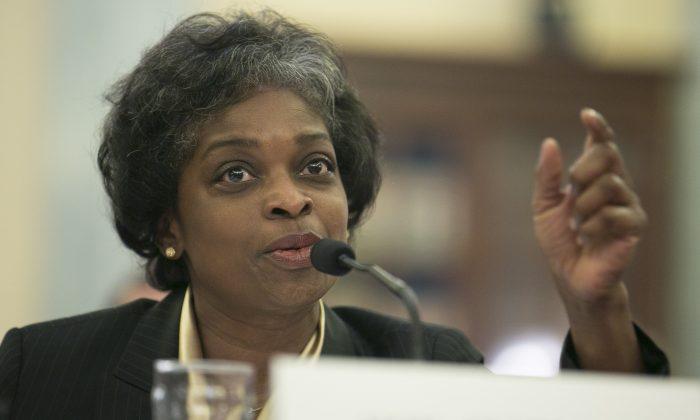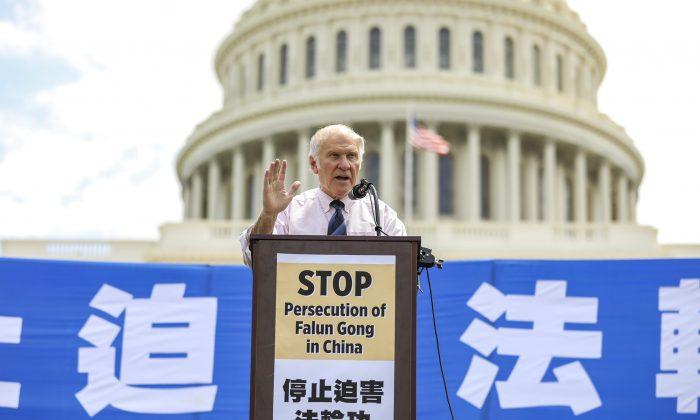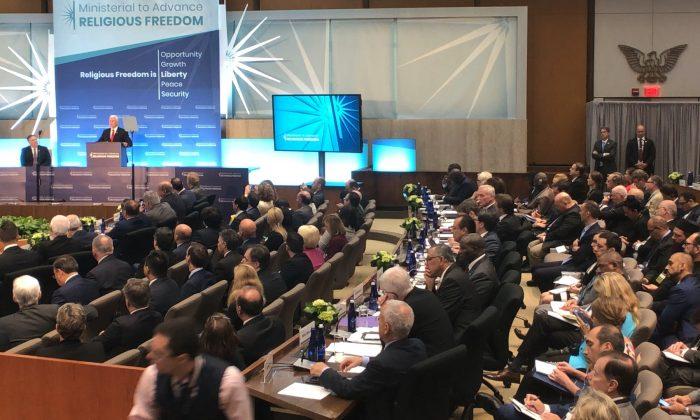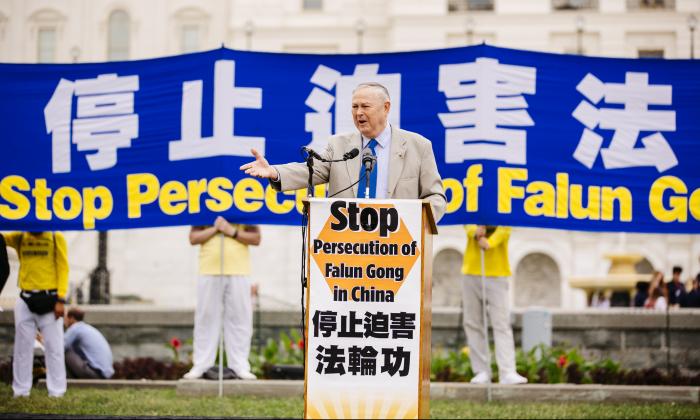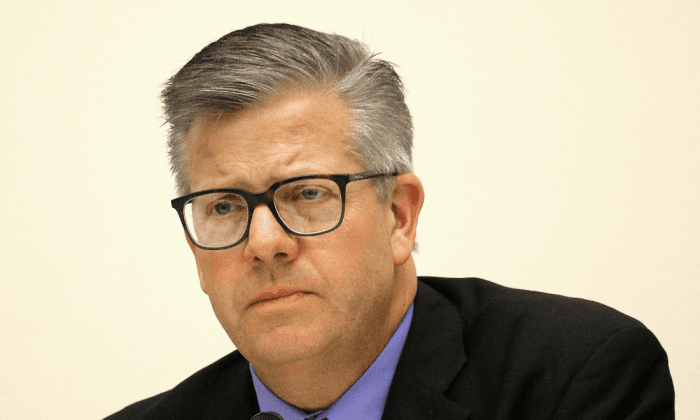WASHINGTON—A program initiated during the presidency of Ronald Reagan received a boost from a diverse coalition of 84 civil rights and community-based nongovernmental organizations. The organizations signed a letter dated Sept. 12 that said it’s vital for the most vulnerable and disadvantaged people to be able to maintain telephone service when their incomes are too low to cover the cost.
Sept. 9–13 was National Lifeline Awareness Week for 2013. It is designed to educate the public of the necessity to continue the program.
Lifeline provides a small subsidy for eligible low-income households for basic telephone service. The assumption is that having a telephone is a necessity. The program started in 1985, providing a modest subsidy. At the time, policymakers were concerned that the breakup of AT&T would lead to rate increases, and low-income people would lose phone service.
The groups sent the letter to the chairman and ranking member of the Senate Committee on Commerce, Science, and Transportation. The National Urban League, the Leadership Conference on Civil and Human Rights, the National Hispanic Media Coalition, The National Consumer Law Center, and the Media Action Grassroots Network signed it.
“Access to telephone service is essential for finding a job, connecting with family, or getting help in an emergency, and the percentage of low-income households with phone service has increased from 80 percent in 1985, when Lifeline began, to nearly 92 percent last year,” stated the Federal Communications Commission (FCC), which makes the federal rules for the program.
Acting FCC Chairwoman Mignon Clyburn spoke at the New America Foundation (NAF) Sept. 12 to justify the program.
Clyburn pointed out that most of us take for granted our cellphones and Internet services, where we can place a call or go online most any time we want to.
“It is sometimes easy to forget that there are millions of low-income consumers who simply cannot afford phone service,” she said.
The FCC’s founding statute, and our shared belief in equal opportunity, requires that we never forget them. … Congress affirmed, with the establishment of the Federal Communications Commission some 80 years ago, that universal access to communications technology is essential.”
One example given at the NAF discussion came from Patricia from Garfield, N.J. “I’m blind and I suffer from severe asthma. If I didn’t have a phone, I couldn’t call 911 or my doctor. I am so grateful for the Communications Lifeline Discount.”
President George W. Bush expanded Lifeline to include mobile phones. The need to add wireless service became evident after Hurricane Katrina, said the letter. Advocates of the program now want to expand the program to include access to Internet broadband services.
Clyburn touted the Lifeline program for making progress toward universal telephone access. “For in 1984, 80 percent of low-income households had telephone service, compared with 95 percent of non-low-income households. With Lifeline, that 15 percent gap was narrowed to 4 percent by 2012.”
Rep. Doris Matsui (D-Calif.), a longtime supporter of the Lifeline program, introduced a resolution in the House expressing congressional support for National Lifeline Awareness Week.
Matsui would like to see the program expanded further to include Internet services. “To be successful in today’s economy, it is essential for all Americans to be connected to the innovative economy. The Lifeline program enables that low-income Americans, the most vulnerable among us, have access to the critical connections and security that phone service provides,” she said in a press release.
Eligibility
The Lifeline program provides discounts on telephone service, which is currently set at $9.25 per month. Federal rules require that eligible low-income persons be prohibited from having more than one lifeline per household.
An independent, nonprofit corporation, Universal Service Administrative Company (USAC), administers the Lifeline program. The Universal Service Fee (USF) that most of us see on our telephone bill is what pays for Lifeline. “Households currently spend an average of $2.50 to $2.75 in universal service fees each month,” according to Factcheck.org, citing an FCC official as its source.
The USF pays for four programs totaling $8.1 billion in 2011, one of which is Lifeline, costing $1.75 billion.
One becomes eligible for the program in one of two ways. Lifeline users must have an income that is at or below 135 percent of the federal poverty guidelines. For a single person residing in the lower 48, that is $15,512 and for a family of four, $31,793, according to the USAC’s chart. Another path to eligibility is to be already receiving assistance from Medicaid or food stamps or some other federal assistance program on the FCC list.
